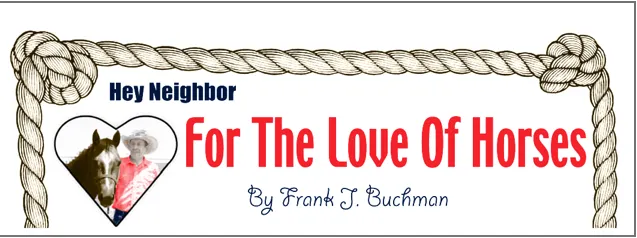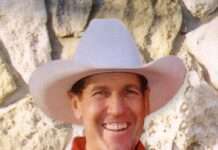At the recent Kansas Fur Harvester’s convention I strolled past a booth where several dozen beautiful flint-blade knives were displayed for sale. The owner and creator of those knives was Chris Yackle from Paola, Kansas who told me “As a young boy I was absolutely fascinated by the large collection of Native American artifacts, tomahawks, knife and lance points and arrowheads collected by my great grandfather George from Hillsdale.” The artifacts were displayed on the wall in front of his great grandfather’s favorite chair, and as punishment when they got into trouble at great granddads house, Chris and his siblings would be forced to stay in the house and sit in that chair. Chris says he actually looked forward to that punishment so he could look at all the artifacts. When Chris was still very young his dad got a job with a pipeline crew and because of his job they moved every three years from the time he was in sixth grade until he graduated from high school. That sounds brutal for a kid, but Yackle told me he didn’t mind because that made for a huge area on which to hunt for Native American artifacts, and the cool part was that when he was along with his dad on the pipeline, he had permission wherever they went.
When Chris was fifteen, they moved to a home near Ft Scott, Kansas. On a trip to Ft Scott’s annual festival called Good Old Days, Yackle met Dennis Croffland from Haysville, Kansas who had a vendor booth there at the festival. Croffland was a flint knapper, making knives with stone blades, and Yackle decided on the spot he had to learn flint knapping. Chris had been experimenting with making stone knives for years so with Croffland as a mentor; flint knapping was easy for him to learn.
Flint knapping came about in England as a way to make flints for flintlock rifles. Yackle says that although some stone here in America is called flint, the only true flint comes from England where the process originated. Chris says that in school, he had no use for physics or geometry and couldn’t see how he would ever use either in life. Now however, he finds flint knapping to be all about physics and geometry. He says “Flint knapping at its core is simply shaping and sharpening a rock. You first decide what you want to get out of a particular rock, and then look the rock over to see how that can be achieved. Look for flaws and cracks you’ll need to work around, figure out where the blade edge can be gotten, then once you’ve pictured and planned the blade or whatever you choose to make from the rock, simply remove all the stone that shouldn’t be there.” He buys most of his stones already precut into slabs from a man known as Bear Carpenter in Wellsville, Kansas, who also became a second mentor to him.
Yackle says the ultimate tool for removing material from the rock is antler, but he usually uses a “billet,” a round wooden piece with a hard copper cap on one end. A piece of heavy leather or other material is laid over his thigh, then the rock is held there with one hand while he slowly and meticulously removes small chips by striking just the right place with the billet until what is left is the finished knife blade. Nearly all the rock he works with is some variety of agate or jasper; some is from Kansas but most is not. He prefers to use antler for knife handles, but a few are wooden. Once the blade is complete, a slot is cut into the selected handle and the blade is inserted into the slot and held in place with a two-part epoxy.
Yackle’s favorite knife has an antler handle and a blade made from Arkansas Novaculite, the same hard stone used to make Arkansas whetstones which are well known for their ability to sharpen knives. The handle is head of a bald eagle, and the blade has the perfect color and markings to look like an eagle feather. Chris said he had the handle for over a year before finding just the right stone for the blade. I’m sure Chris Yackle’s great grandfather would be very proud to know that he passed his love for rocks and Native American artifacts down to Chris; sort of a chip-off-the-old-block you could say…or maybe a chip-off-the-old-rock….Continue to Explore Kansas Outdoors!
Steve can be contacted by email at [email protected].




